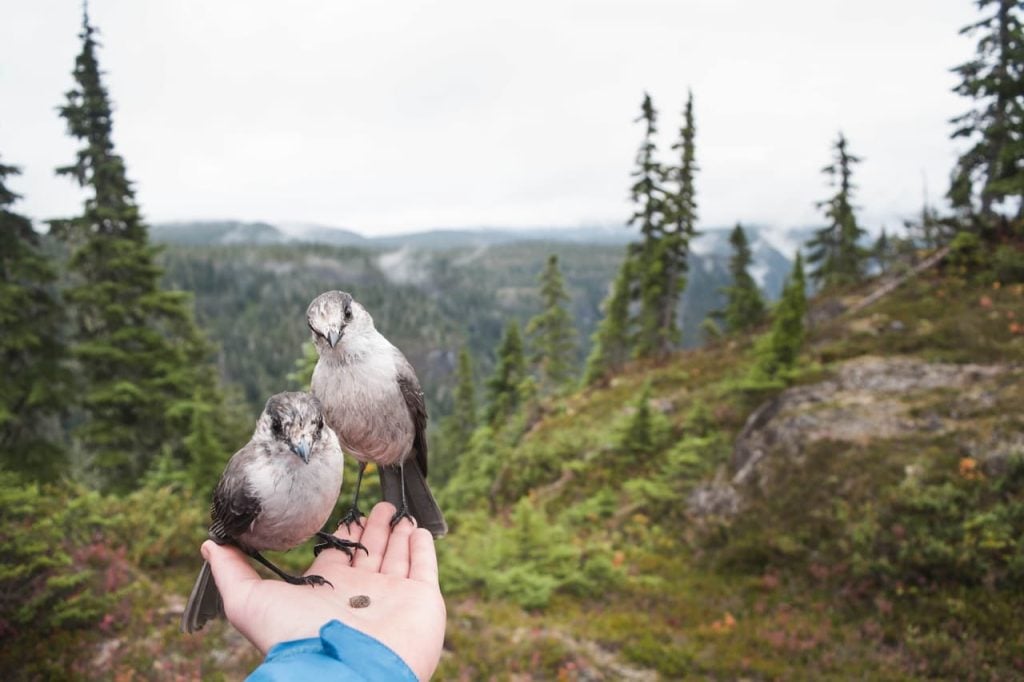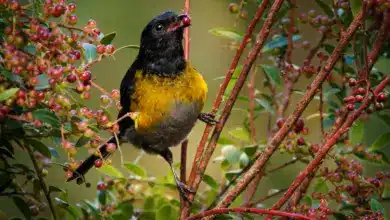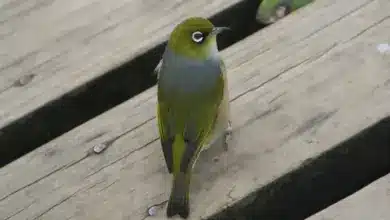Bird feeders or fruit-bearing trees or shrubs, bird baths, nest boxes, or other nesting opportunities will result in an enjoyable atmosphere in your garden that is filled with foraging and singing birds.
As an added benefit, many birds will also eat insects (particularly when breeding) – so they will help keep bugs down as well. In winter, shortages of seeds, berries, and insects – particularly during severe weather conditions – make foraging particularly difficult.
At this time, your contributions to food and roosting opportunities may be their sole source of energy (food) and warmth (nest boxes used for roosting/protection from icy, strong winds.)
Of course, a wide range of bird feeders are available in shops, but for those who are willing to put in the effort – suitable bird feeders or bird feeding areas can easily be put together without costing you anything (or only very little).
In fact, anybody can easily make bird feeders themselves. Please scroll down or make your own bird feeder. It’s a fun project that the kids will enjoy.
To minimize aggression and territorial behavior, it is best to provide widely spaced feeders.
Feeding Wild Birds Tips
- Dog Food: Large birds eat dog food, a cheaper alternative to seed.
- Don’t Toss those Egg Shells: Birds use grits to help them digest seed. Mix crumbled eggshells in your seed as a grit-alternative and an added calcium source.
- Reduce Waste and Mess: Use a feeder with a tray under it to catch leftover seeds or seed shells.
- Some birds follow strict feeding regimes and some birds will feed on almost anything. Knowing their preferences will help if you want to attract specific birds. Scroll down for information on the feeding preferences of common wild birds, so that you can attract your favorites.
- Avoid Overfeeding: Too many birds together is unnatural, unsanitary, wasteful and dangerous to birds. Viewing only a few birds is more appealing than a bunch of noisy fighting birds. It is best to cut them off occasionally. They will find feed elsewhere and come back when you feed again. This will promote independence and make them more resourceful, smarter, and healthier.
- Keep the bird feeder clean. Attracting flocks of birds to unsanitary feeders causes immeasurable harm to our feathered friends by promoting the spread of contagious diseases, bacterial infections, intestinal illnesses, and death.
- Tips to help wild birds survive the cold winter months
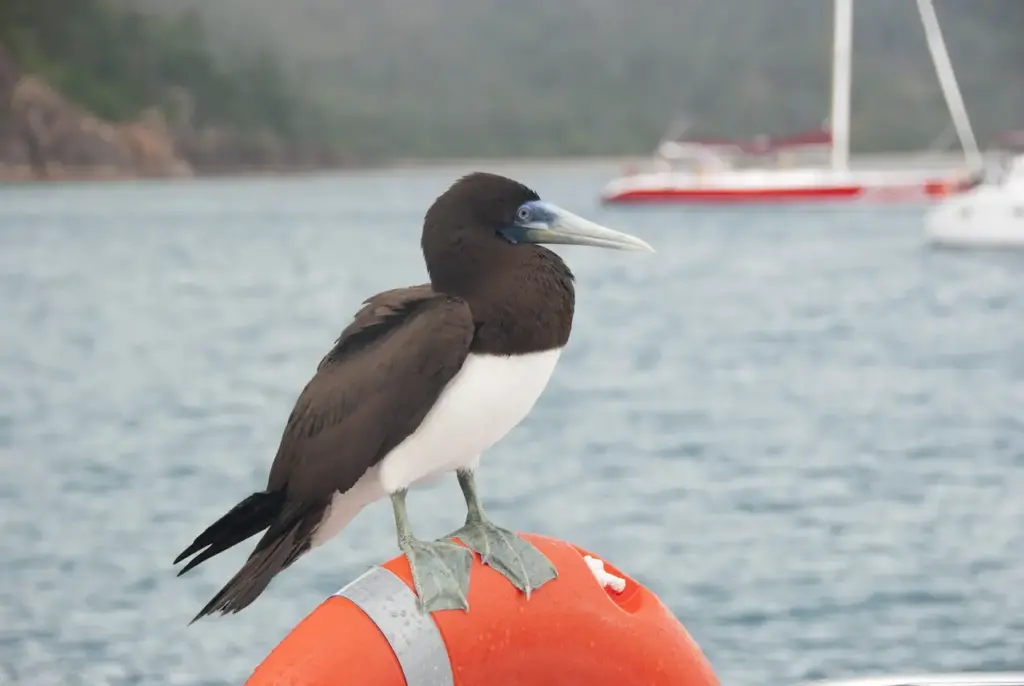
What Bird Seeds / Food Attract Your Favorite Birds?
Sunflower Seeds: Black Oil Sunflower Seeds are a premium feed. Most birds prefer them to the striped sunflower variety. Sunflower seeds a high energy and nutritious food source packed with protein and fat and leave less waste than some other seeds.
- This seed is liked by the following birds: Gold Finches, House Finches, Purple Finches, Cardinals, Bluejays, Scrub Jays, Chickadees, Nuthatches, Titmice, Mourning Doves, Buntings, Grosbeaks, Juncos and Sparrows eat sunflower seeds.
Thistle Seeds, Niger: Another highly nutritious seed rich in protein and fat. Thistle feeders with tiny openings limit attracted birds and squirrels do not like Thistle (it’s debated).
- This seed is liked by the following birds: Goldfinches, House Finches, Purple Finches, Redpolls, Siskins, Juncos, and even Mourning Doves eat thistle seeds.
Safflower Seed: High in protein and fat.
- This seed is liked by the following birds: The colorful Cardinals, the gentle Mourning Doves, a wide range of finches, Grosbeaks, Jays, Chickadees, Nuthatches, Titmice, Song Sparrows, and White-throated Sparrows like Safflower. Squirrels dislike safflower seeds. So this is a good option for those wanting to discourage unwanted “visitors”.
Milo, Sorghum: Often used as filler in mixed blends. This is not a preferred seed and attracts unpopular birds.
Millet: Another popular mixed blend filler. The white variety is preferred
- This seed is liked by the following birds: House Finches, Mourning Doves, Cardinals, Buntings, Juncos, Towhees, Blackbirds, Pigeons, Song Sparrows, White-crowned and White-throated Sparrows, and English Sparrows like Millet.
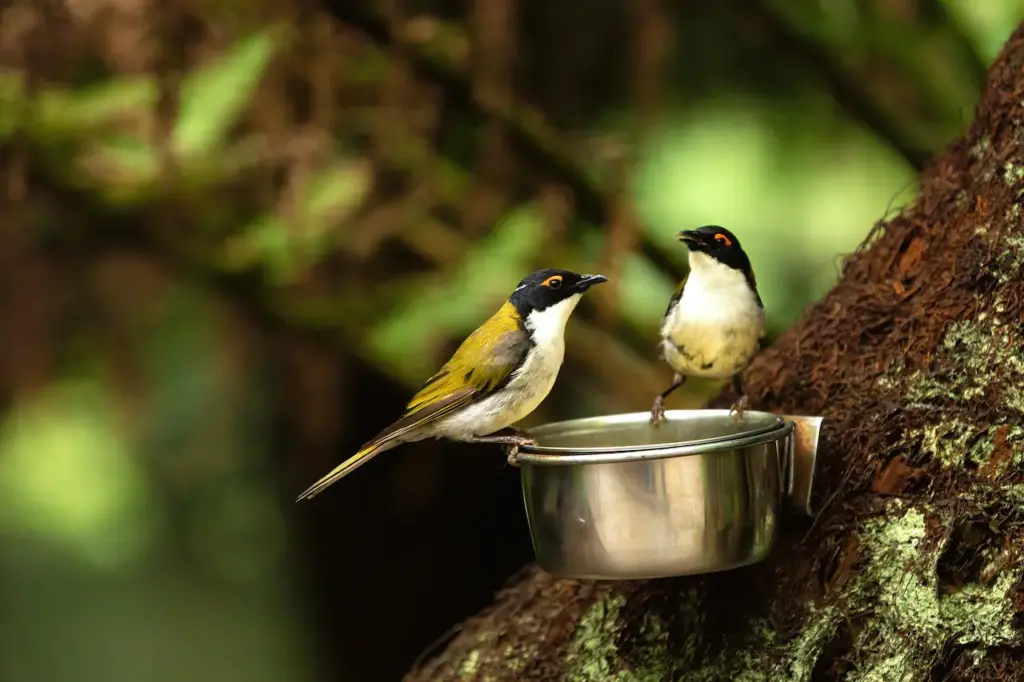
Corn:
- Corn is liked by the following birds: Bluejays, Mourning Doves, Juncos, Blackbirds and Sparrows eat corn. Upland game birds like Pheasants, Turkeys, Partridge and Grouse love corn. Pigeons, Starlings, cowbirds and squirrels like corn.
Mixed Seed: Good mixed seed will contain some of most of the above quality seeds. Quality of mixed seed can vary. If birds select only some seeds in a blend and waste the rest, try another mix.
Peanuts: Feeding shelled unsalted peanuts isn’t messy and they are highly nutritious for the birds that can eat them. Most birds can shell whole (unshelled) peanuts, with varying degrees of effort. Squirrels love peanuts.
However, don’t feed RAW peanuts to squirrels and other animals because it can seriously hurt them. Raw peanuts and other legumes contain a trypsin inhibitor or substance that inhibits or prevents the pancreas from producing trypsin, an enzyme essential for the absorption of protein by the intestine.
Squirrels fed a steady diet of raw peanuts, soybeans. other legumes, and sweet potatoes could easily develop severe malnutrition.
According to the Washington State Cooperative Extension Service, roasting hulled raw peanuts for 20 to 30 minutes at 300 degrees Fahrenheit, stirring them frequently, will destroy the trypsin inhibitor and render them suitable for feed.
If that sounds like a lot of work, buy roasted peanuts but be sure they aren’t salted. (Salted nuts of any kind should never be fed to wild animals.)
- Peanuts are liked by the following birds: Bluejays, Scrub Jays, House Finches, Cardinals, Woodpeckers, Magpies, Chickadees, Nuthatches, Titmice, White-crowned and White-throated Sparrows eat peanuts.
Fruit: Migrating birds and early arrivals regularly encounter shortages of their usual feeding sources and readily substitute fruit made available for them. Try halving oranges and apples and fixing on a nail or spike.
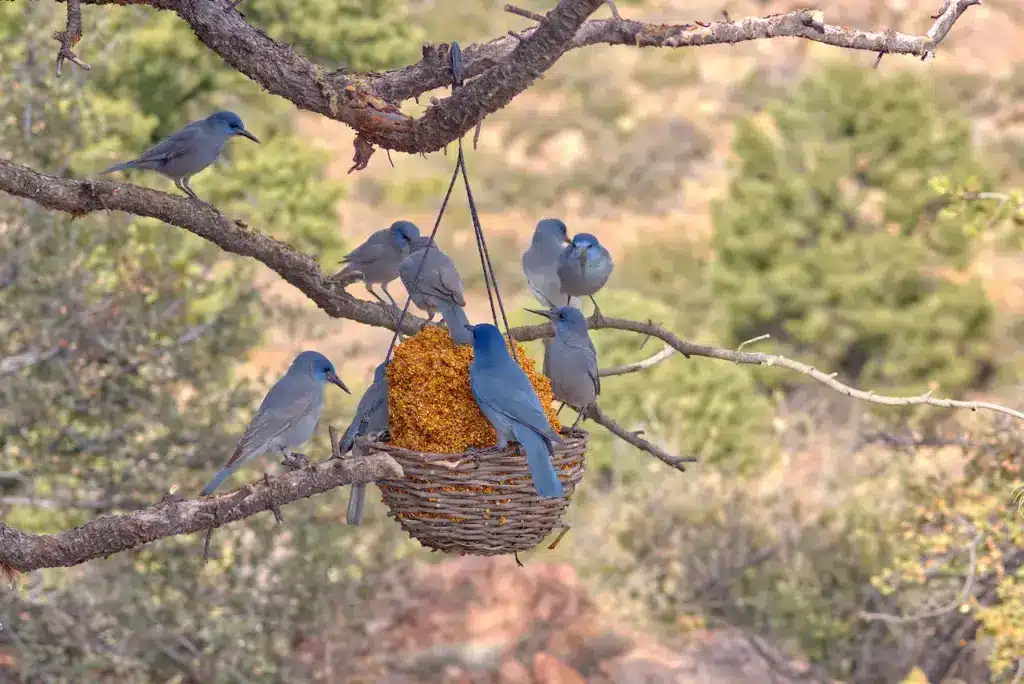
Feed grapes, berries, bananas, melons, and raisins. (*Note: Raisins have the potential of toxicity if fed in too high a quantity. Take it easy with the grapes as well.)
- Fruits are liked by the following birds: Many birds love fruits, including — but definitely not limited to — the following: Robins, Thrushes, Catbirds, Mockingbirds, Orioles, Tanagers, Waxwings, Bluebirds, Kingbirds, Woodpeckers, Crows, Blackbirds, Sparrows, some Warblers.
Suet Bird Feed: Suet (animal fat) and peanutbutter, rich in proteins and fat, provide needed energy for wintering birds. It is best to feed it in winter, as the fat tends to become rancid in warm weather, or skip the fat and oil and just use peanut butter in warm weather. Suet is sold in cakes and bars. Alternatively, you can ask for some animal fat to feed the birds at your meat market. Most likely they are already familiar with that request; or you can make your own by mixing animal fat or vegetable oil with bird feed, peanut butter and fruit.
- Suet is liked by the following birds: like Woodpeckers, Nuthatches, Chickadees and Titmice; but most birds will eat some suet.
- Suet Recipes:
- 2 cups ground suet, 1 cup bird seed, sunflower seeds or cracked corn Melt suet in a double boiler. Set aside to cool and thicken slightly.
- To make bird trees, use a Wilton mini tree pan. With hands, form cooled melted suet into tree shapes the approximate size of cavities in tree pan. Press suet into birdseed, then into mini tree pan. Refrigerate until hardened. Unmold. Place in mesh bags or wrap in nylon net and hang on tree branches for the birds. Makes 45 trees.
- To make a bird pie: Double the above recipe. When hardened slightly, reheat. Add 1 cup of seed and pour into a pie pan. Sprinkle remaining seed on top. Refrigerate until firm. Be sure to place the suet pie off the ground where birds are safe eating.
Peanut Butter: Protein, Fat and Oil.
- Peanut Butter is liked by the following birds: Mourning Doves, Song Sparrows, White-crowned Sparrows, White-throated Sparrows and House Finches will eat peanut butter.
Mealworms: If you can face the idea of raise mealworms (Tenebrio molitor), you can do so as follows: In a plastic bucket or pan with a screen mesh cover for plenty of air, place oat bran a few inches deep. Place mealworms in the pan. Partially bury a halved apple, cut side down in the oat bran for moisture and replace weekly. Rip paper grocery bags into pieces and place several layers over the oat bran. Keep at about 60-65 degrees. The mealworms will grow into adult beetles, lay eggs, and the eggs will turn into yummy little mealworms which grow to the size you purchased.
- Mealworms are liked by the following birds: Bluebirds, Wrens, Robins, Cardinals, Woodpeckers, Chickadees, Nuthatches and Titmice eat mealworms. Offer in a dry cup in the shade.
Share a treat with the birds in your back yard
There are so many ways you can help our feathered friends at no cost at all:
Make a bird feeder.
- First cut an orange or grapefruit in half. Eat the pulpy, sweet inside and save the rind, which is the fruit’s tough outer cover. Don’t let the rind break when you are eating the inside.
- The hollow rind of the fruit becomes a cup to hold bird food. Attached to a hanger made from string, the feeder can be suspended from a tree branch outdoors, so birds can easily find the food.
Fill the bird feeder with bird treats, such as:
- birdseed as well as tiny bits of old cheese, raisins and apple scrumbs from stale cake, cookies and doughnuts (NOTE: This is junk food that is not healthy for us nor the birds; but an occasional treat is acceptable. However, make sure that the majority of the food that you provide is healthy food, such as fruits, nuts and seeds.
* Keep in mind that it is not healthy for birds to eat moldy food.
|
Other Helpful Resorces: Gardening to Attract Birds … Hand-taming Wild Birds … Helping Wild Bird Chicks Related Products: Wild Bird Food … Wild Bird Feeders … Hummingbird Food and Feeders … Bird Houses |
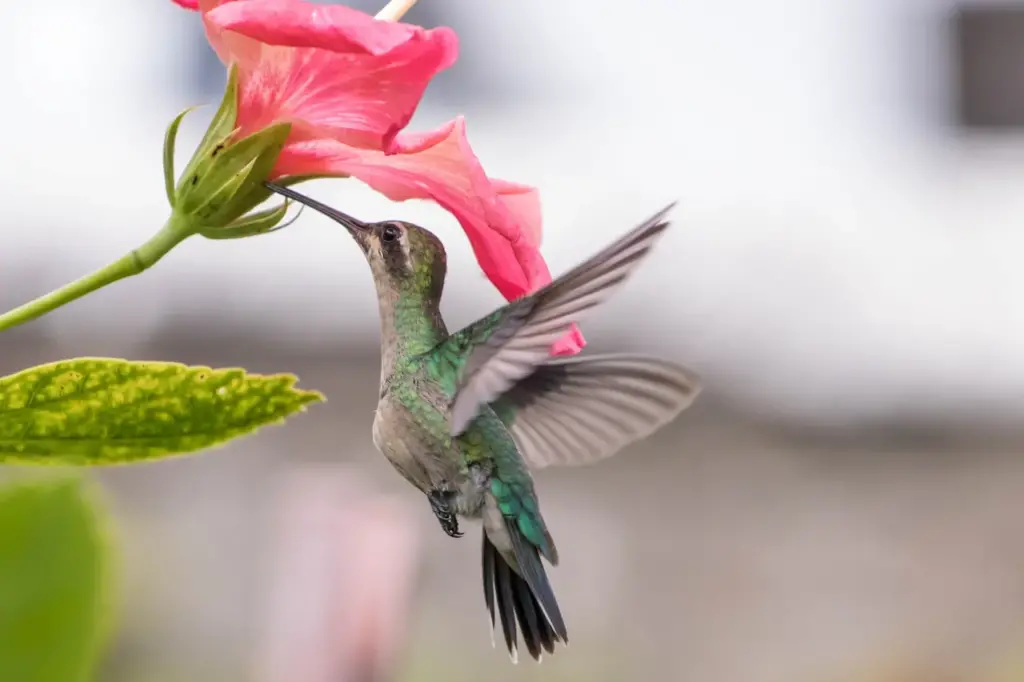
Reasons for Feeding Wild Birds
As ever-growing human populations use more and more of the land for their own purposes, yards and city parks become important bird habitats. Feeding and watching birds gives families the opportunity to practice conservation right in their own yards. Children can learn and enjoy the wonders of nature right from the kitchen window. Children will be able to observe the hatching of young chicks and learn how many birds help control the insect population.
- Diversified landscaping and feeding stations offer an oasis of resources in the middle of human domain.
Many people will only feed the birds in the winter months, which is when they need it most, however, by feeding throughout the spring and summer months you will attract the migratory birds returning from southern climates. In addition, by feeding in the spring and summer, parenting birds will have easy access to a food source for their young.
- Learn how you can help wild birds survive the cold winter
- Food like seeds, protein rich insects and worms, flies; birds love mosquitoes, spiders, aphids and ants. It is important not to kill all the bugs in your yard as they present an important food source for the birds. However, it is important to control bugs that serve as vectors for diseases, such as mosquitoes. Effectively and safely controlling mosquitoes
- Planting native flowers, shrubs and trees will encourage a rich insect life in your yard that will, in turn, provide necessary food for wild birds.
If you want to attract hummingbirds to your garden, this can be accomplished in several ways.
- Hummingbirds enjoy feeding from plants such as honeysuckle, common lilac (with purple flowers), red geraniums, nasturtium, red petunias, red salvia, coral bells, columbine, fuchsia and even scarlet runner beans.
Water: All birds need fresh, clean water made available year round and a bird bath is an important element of attracting wild birds.
Feeding Birds
Reasons for Feeding Wildbirds
Ways to Help Wild Birds Through The Cold Winter Season
Feeding Swans and Other Water Fowl
Gardening to Attract Birds … Hand-taming Wild Birds … Helping Wild Bird Chicks
Click To Buy:
UnRuffledRx Nutritional Calcium Supplement for Birds Magnesium + Vitamin D3
Hatortempt 10lbs Bulk Dried Mealworms – Premium Non-GMO Organic
HealthyGut™ Avian Probiotics Dietary Supplement for Parrots
ZuPreem FruitBlend Flavor Pellets Bird Food for Very Small Birds

